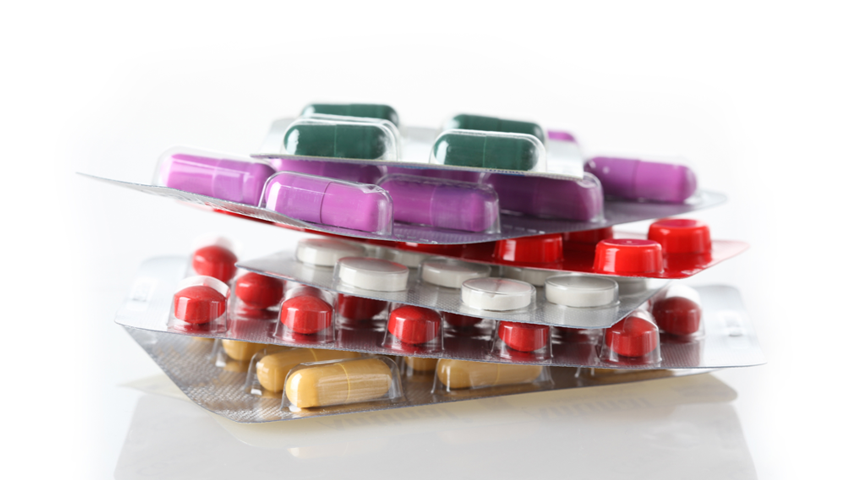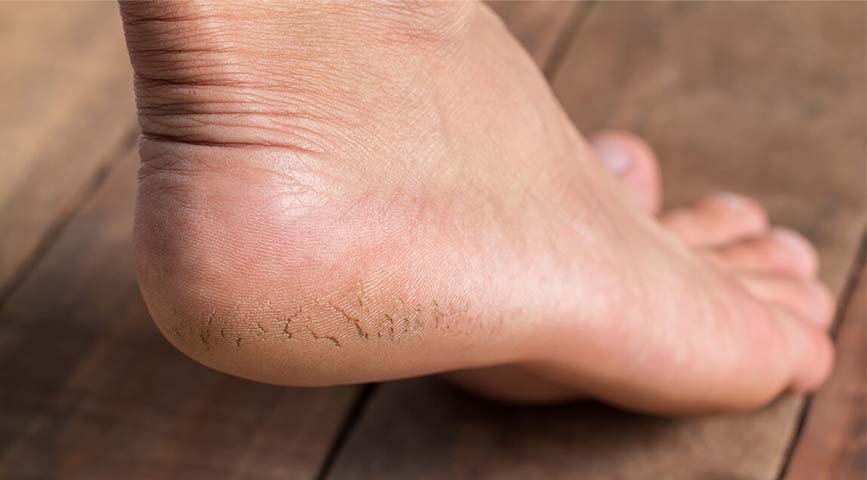24
Nov
Feet Problems – From Corns to Bunions
Corns, calluses and warts
Corns and calluses refer to hardened thick skin that develops due to constant pressure or friction (rubbing).
Corns on the feet usually occur due to ill-fitting shoes. Tight-fitting shoes result in the toes pressing one another while loose shoes cause friction (rubbing) to the feet. Corns are usually small, sharply demarcated and raised yellowish-gray lesions, which have a central core. Corns can be quite painful because they may press on the nerve endings.
Calluses can occur anywhere on the body but they usually appear over the joints and weight-bearing areas, especially skin areas which are subject to repeated pressure, e.g. palms of the hands and the sides and soles of the feet. Calluses are generally not painful.
Warts (also known as verrucae) are rough growths on the skin or mucous membrane caused by viral infection. Most warts are usually painless. However, plantar warts, which occur on the sole because of pressure on the foot, can be painful if left untreated. Unlike corns or calluses, warts are contagious.
Generally, corn, callus or wart removal products contain salicylic acid, which is used to soften the outer layer of the skin to get it to shed off. These products are available in liquid form or medicated plasters which can be obtained from pharmacies as over-the-counter products.
However, self-treatment for corns and calluses is not advisable if you are:
- Diabetic
- Having peripheral circulatory disease (poor blood circulation)
- Having corns/calluses with abnormal discharge or bleeding
- Having history of rheumatoid arthritis
- Having severe painful corns and calluses
- Base shoe length on the longest toe of your longer foot and make sure the toes do not bump into the front of the shoe.
- If you have abnormalities of the toes or use protective padding in your shoes, you may wish to choose a shoe with adequate depth of the toe box to prevent rubbing of the tops of the toes.
- If your feet tend to swell, it is best to select shoes during the late afternoon or evening time as your feet swell to their largest size at that time.
Share this post
RELATED
Posts
Why You Should Choose Generic Medicines
With nearly 8 in 10 filled-out prescriptions prescribing generic medicine, the term “generic drug” or “generic medicine” is most likely something you have...
Vaginal Discharge
Vaginal discharge produced by the vaginal and cervical glands is essential in maintaining a healthy female reproductive system. The amount of discharge and...
Cracked Heels Woes
Ever looked down at your feet and felt flustered by the sight staring back at you? As a woman, wearing the perfect pair...





